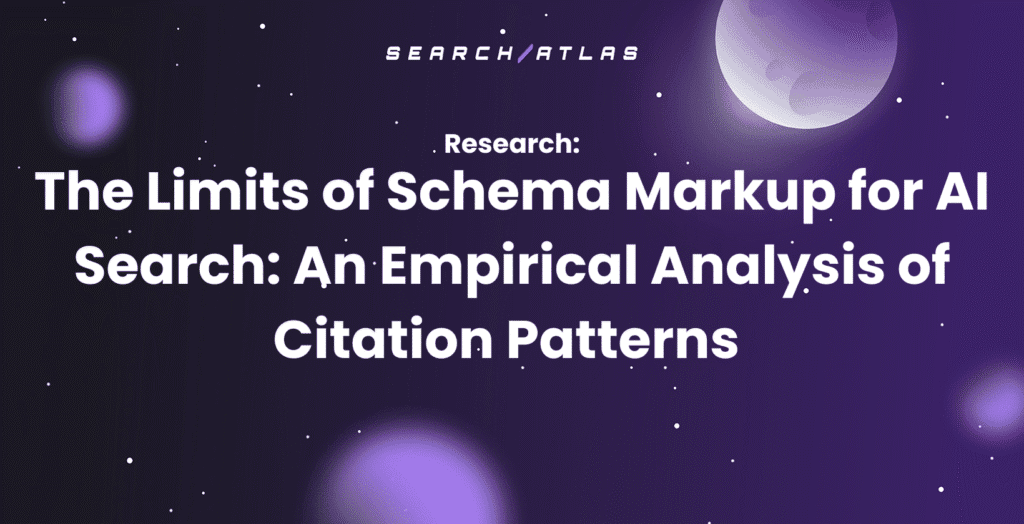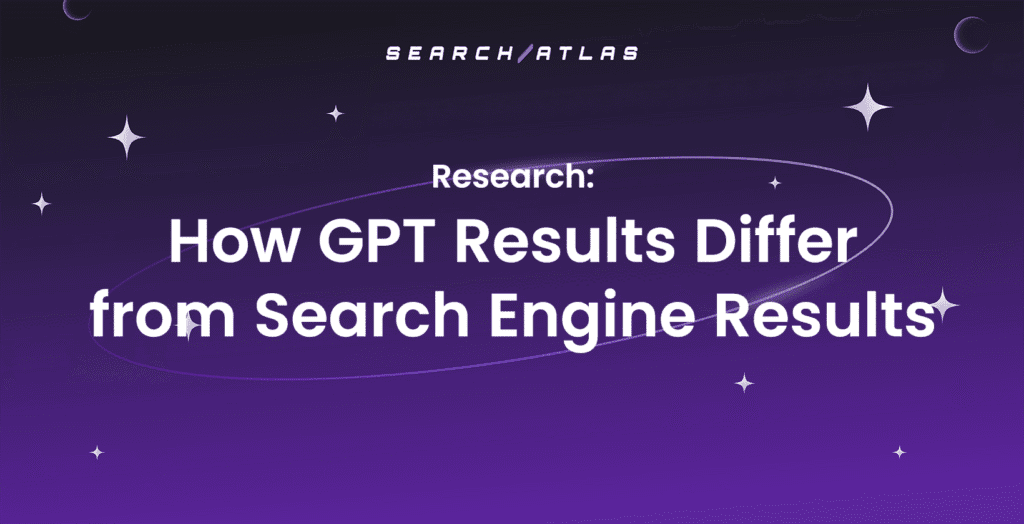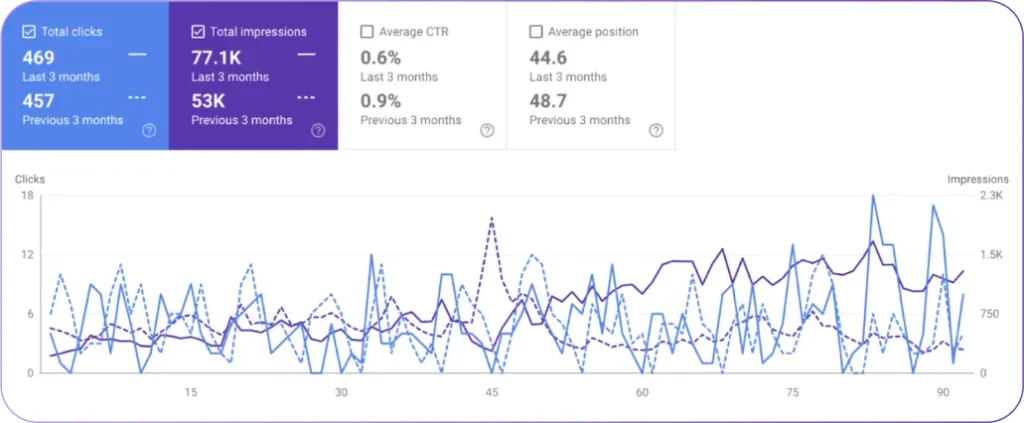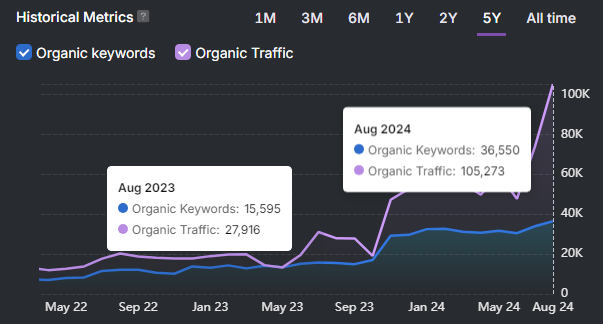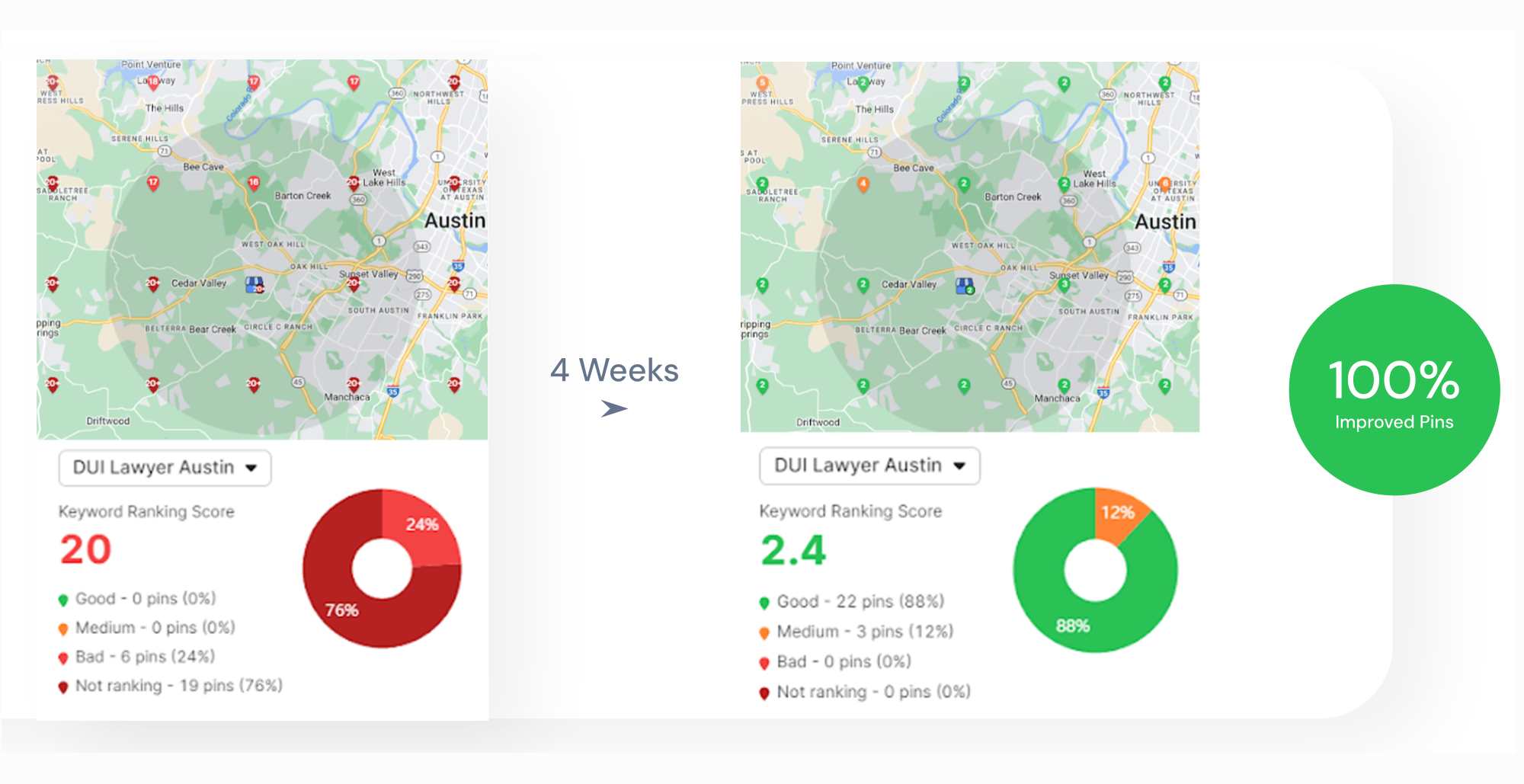You may also read a concise version of this research in our blog: Keyword Volatility, SERP Stability, and What Really Drives Local SEO Shifts.
1. Executive Summary
In an increasingly competitive local SEO landscape, understanding how keyword-level volatility aligns with broader search engine behavior is critical for strategic visibility. This analysis explores the relationship between pin count volatility (fluctuations in a business’s local search rankings across a grid) and global SERP volatility, using statistical correlation and significance testing across a diverse set of keywords. By evaluating over 500 keywords, we uncover which terms move in sync with broad market changes and which remain stable or independent.
We applied a data-driven methodology to compute rolling volatility metrics, then calculated correlations between keyword-specific volatility and global SERP volatility, flagging statistically significant relationships. The findings reveal that keywords like “dentist near me”, “roofing contractor”, and “SEO services” demonstrate strong positive correlations, suggesting that they react sharply to algorithm updates or seasonal competition. Conversely, terms like “plumbing” and “med spa” display weak or negative correlation, indicating they follow more localized or stable patterns. These insights help marketers and SEO strategists identify high-signal keywords that can act as early indicators of SERP disruption, prioritize monitoring, and tailor their content or campaign timing accordingly.
This approach combines volatility analytics with semantic keyword intelligence, offering a practical framework for anticipating ranking turbulence and making smarter, keyword-specific SEO decisions.
2. Introduction
In today’s dynamic digital ecosystem, local search visibility is more important—and more volatile—than ever. For businesses competing on Google’s local SERP (Search Engine Results Page), maintaining strong pin-level rankings can directly impact customer acquisition, foot traffic, and revenue. Yet the factors that drive fluctuations in these rankings often remain opaque. Traditional SEO strategies focus on content optimization, backlinks, and reviews, but few approaches quantify how individual keywords respond to systemic SERP shifts. As Google continuously refines its local ranking algorithms, businesses and marketers need more sophisticated tools to stay ahead of volatility.
This paper introduces a data science–driven method for understanding volatility in local search rankings by analyzing the correlation between keyword-level pin count volatility and global SERP volatility. Pin count volatility measures how much a business’s position shifts across different geographic points (or “pins”) on a local search grid. When examined across time and keywords, this volatility becomes a lens through which we can observe market responsiveness, algorithmic sensitivity, and sector-specific SERP behavior.
The purpose of this analysis is to uncover which keywords act as indicators of broader SERP instability and which remain consistently stable—whether due to niche focus, local insulation, or algorithmic immunity. By calculating statistical correlations and evaluating significance levels, we can identify the keywords most predictive of search environment changes. This insight offers immediate tactical value: marketers can prioritize monitoring, content refresh, or paid strategy around highly sensitive terms, while relying on more stable keywords for consistent performance.
Throughout this white paper, the reader will learn:
- How pin count volatility is measured and why it matters
- The methodology for linking keyword volatility to global SERP movement
- Which keywords are statistically significant indicators of ranking instability
- Practical implications for SEO planning and keyword targeting
By quantifying volatility at the keyword level and aligning it with real-world SERP shifts, this analysis provides a forward-looking framework for anticipating and responding to changes in local SEO rankings.
3. Methodology
Data Collection and Preprocessing
The foundation of this analysis is a large-scale dataset of Google Business Profile (GBP) SERP grid data collected over several months, containing over 28,000 grid snapshots and covering thousands of local keywords. Each snapshot includes the GBP position per pin, keyword context, business metadata, and associated timestamp. The primary data sources include:
- SERP Grid Snapshots: Grid-level visibility data per keyword and location.
- Keyword Metadata: Includes keyword, sector tags, and categorization.
- GBP Performance Metrics: Such as average position, review count, and rating.
- Global Volatility Metric: A rolling average measure of SERP-wide pin fluctuations, computed daily.
From this, we derived a daily rolling volatility score for each keyword by calculating the standard deviation of pin positions over a defined time window (e.g., 7-day or 3-day rolling period). This score quantifies how stable or turbulent a keyword’s rankings are in a given timeframe.
All data was filtered to remove empty rows, NAs, and outliers (using the 1.5×IQR method) in relevant numeric fields such as pin volatility. Only keywords with a minimum number of data points and consistent tracking intervals were retained to ensure reliability. Final preprocessing included time series smoothing and transforming wide keyword/date matrices for correlation computation.
Analytical Methods
The core of the analysis is built on correlation analysis between keyword-level volatility and global SERP volatility. Specifically:
- For each keyword, we computed its rolling volatility time series (based on standard deviation of GBP positions across pins).
- Simultaneously, we computed global rolling volatility by aggregating volatility across all grids per day.
- Using these aligned time series, we applied Pearson correlation to quantify the relationship between each keyword’s volatility and the global volatility signal.
Each correlation was accompanied by a p-value to test statistical significance. Keywords with p < 0.05 were retained for final analysis to ensure meaningful alignment and to reduce noise. The correlation coefficients (ranging from -1 to +1) were then visualized to show both direction and strength of association.
This was further enriched using –log₁₀(p-value) as a color gradient in visualizations, highlighting the confidence of each correlation. This allows us not only to rank keywords by how tightly they track with global volatility, but also to surface signal-rich keywords that can act as early indicators of systemic SERP changes.
Justification of Methodology
This approach was chosen for its interpretability, scalability, and direct business relevance. Pearson correlation is both statistically robust and simple to communicate, especially when paired with p-values for confidence. Rolling volatility captures time-sensitive dynamics that static snapshots miss, enabling detection of spike patterns and transient instability.
By mapping volatility across individual keywords and comparing it to global signals, we can identify not just which keywords are volatile but how their volatility aligns with broader market trends. This methodology bridges technical rigor with actionable insight, enabling marketers and analysts to anticipate shifts in ranking behavior and adapt their SEO strategies accordingly.
4. Analysis and Results
1. Keyword-Global Volatility Correlation Landscape
The first visualization (Figure 1) presents a horizontal bar chart displaying the correlation between keyword-level pin count volatility and global SERP volatility. Each bar represents a keyword with statistically significant movement patterns, colored by the direction of correlation:
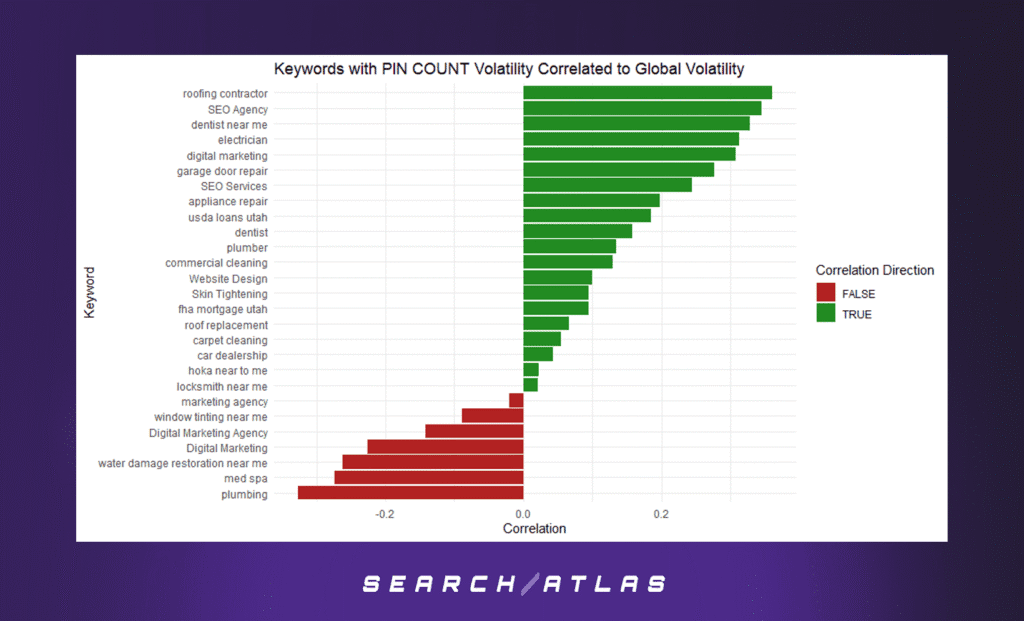
- Green Bars (Positive Correlation): These keywords fluctuate in sync with global volatility. Notably:
- “Roofing contractor”, “SEO Agency”, and “dentist near me” exhibit the strongest positive alignment.
- Such terms likely reflect industries sensitive to competition, algorithmic changes, or seasonal trends.
- Red Bars (Negative Correlation): These keywords move opposite to global volatility. For example:
- “Plumbing”, “med spa”, and “Digital Marketing” suggest stability or niche-driven independence.
- This could imply local dynamics or counter-cyclical user intent.
This plot establishes that SERP instability is not uniformly distributed—some keywords are high-frequency indicators of ranking shifts, while others remain largely decoupled from market-wide changes.
2. Statistical Significance of Keyword Behavior
To deepen interpretation, we introduce significance-weighted visual encoding (Figure 2). The x-axis again reflects correlation, but bar color represents –log₁₀(p-value):
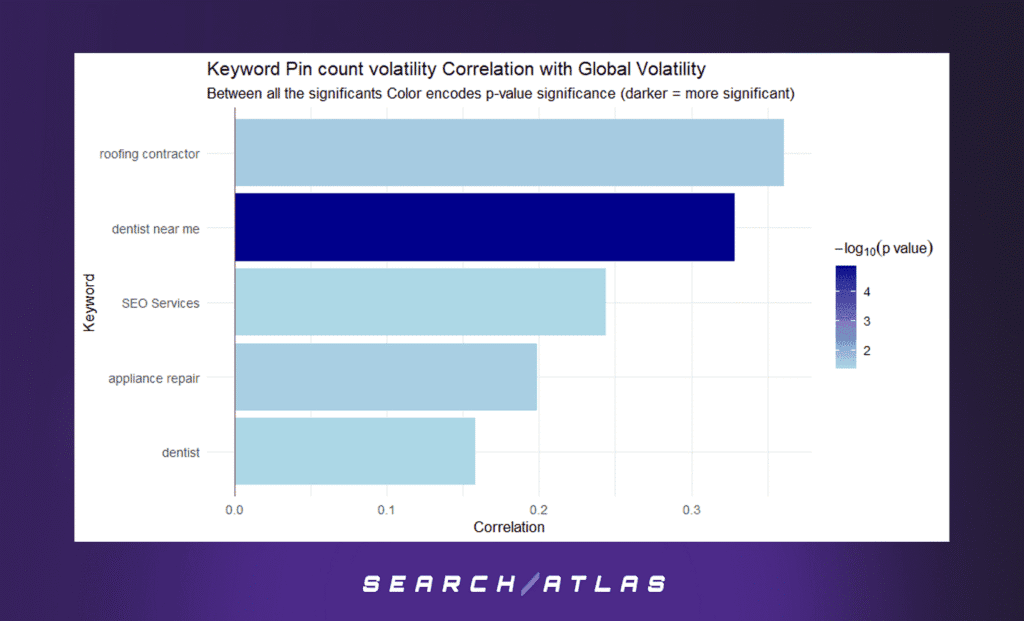
- 🔵 Darker Blue = More statistically significant (smaller p-value).
- Keywords like:
- “Dentist near me” (p ≈ 1e-5, correlation ≈ 0.33)
- “Roofing contractor” (p < 0.03, correlation ≈ 0.36)
- “Dentist near me” (p ≈ 1e-5, correlation ≈ 0.33)
These act as early-warning signals of SERP volatility, useful for campaign targeting and monitoring.
🧠 Insight: Significance-weighted views help separate statistically confident signals from spurious ones, enabling smarter keyword prioritization.
3. Alignment of Keyword Spikes with Global Volatility
In Figure 3, we visualize a timeline of global rolling volatility over 12+ months, overlaying dates where significant keywords spiked:
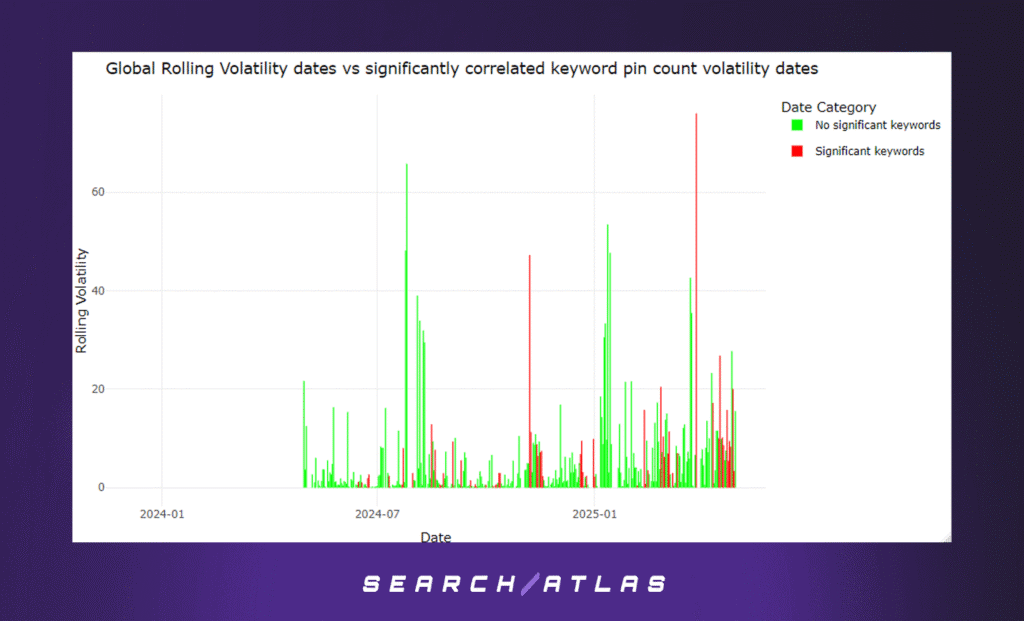
- 🟥 Red Bars: Dates where a significantly correlated keyword spiked.
- 🟩 Green Bars: Volatility unrelated to significant keywords.
Interpretation:
- Red and green often align on high-volatility days, indicating that keyword-specific volatility is a meaningful component of overall SERP fluctuation.
- Some green-only spikes suggest external disruptions (e.g., Google updates, seasonal fluxes) not explained by tracked keywords.
This plot validates the hypothesis that certain keywords mirror or even precede global SERP changes, positioning them as predictive assets in SEO strategy.
5. Discussion and Implications
Interpretation in Context
The original challenge was to determine whether specific keywords exhibit volatility patterns that align with overall SERP instability—an insight with high strategic value for SEO forecasting, keyword targeting, and volatility-aware optimization. Our results affirm this hypothesis:
- Certain “sensitive keywords” (e.g., “dentist near me”, “roofing contractor”) consistently mirror or even anticipate fluctuations in global SERP volatility.
- Others (e.g., “plumbing”, “med spa”) demonstrate counter-cyclicality or independence, suggesting stable verticals less impacted by broader SERP turbulence.
By quantifying these relationships through correlation and significance metrics, we’ve built a measurable volatility index at the keyword level—adding granularity and predictability to SEO monitoring.
Implications
These findings directly address the problem statement by:
- Isolating SERP-sensitive keywords that can act as early indicators of algorithm updates or market shifts.
- Differentiating trend-reactive from trend-stable verticals, enabling more nuanced segmentation and forecasting.
- Providing the foundation for alert systems tied to keyword-specific volatility spikes.
In practice, SEO strategists, content planners, and PPC teams can now prioritize or protect keyword sets based on how tightly they’re coupled with global volatility—a capability previously unavailable at scale.
Comparison to Existing Understanding
While prior studies (e.g., SEMrush Sensor, MozCast) offer domain-level volatility indices, they lack keyword-level resolution and statistical backing. Our approach extends that space by introducing:
- Keyword-specific correlation modeling
- P-value-driven filtering
- Volatility-to-volatility signal matching over time
This moves from anecdotal “rank flux” to evidence-based SERP volatility diagnostics.
Limitations
- Correlation ≠ causation: Keywords aligned with SERP volatility may be affected by the same causes (e.g., updates), but are not necessarily driving them.
- Keyword sample bias: The analysis focuses on keywords with available historical data; new or long-tail terms are underrepresented.
- Temporal smoothing effects: Rolling volatility windows may dampen short-lived signals or delay detection.
- SERP vertical heterogeneity: Keywords from different sectors (e.g., healthcare vs. home services) may follow inherently distinct volatility patterns not fully captured here.
Recommendations and Future Research
- Expand the scope to include more granular keyword segments (e.g., branded vs. non-branded, query intent layers).
- Introduce causal modeling or Granger causality tests to explore predictive dynamics.
- Incorporate SERP feature changes (e.g., local packs, map listings) as additional volatility drivers.
- Develop a real-time volatility alerting dashboard using this methodology.
- Study seasonality and algorithm updates jointly with volatility signals to enhance context.
6. Conclusion
This study set out to explore the relationship between keyword-level PIN count volatility and global SERP volatility to identify patterns that could help marketers better interpret fluctuations in search performance. By leveraging keyword-specific time series data, correlation analysis, statistical significance testing, and temporal pattern recognition, we were able to isolate key terms that behave predictably in volatile SERP environments.
The analysis revealed that some keywords—such as “dentist near me”, “roofing contractor”, and “SEO Services”—exhibited statistically significant, positively correlated volatility patterns with the overall SERP landscape. These keywords appear to function as barometers of global search instability, and may serve as leading indicators of broader changes such as algorithm updates or shifts in user behavior. In contrast, negatively or weakly correlated keywords reflected stable or insulated verticals, offering potential safe zones for strategy during periods of turbulence.
By mapping volatility dynamics to keyword granularity, this work provides a novel lens through which search marketers can anticipate, interpret, and respond to SERP volatility. The methodology delivers not only analytical clarity but also actionable insights, supporting proactive keyword targeting, volatility-aware budgeting, and real-time anomaly detection.
In summary, this research enhances the toolkit for search intelligence by moving beyond static rankings to a dynamic volatility-driven understanding—an approach that is increasingly necessary in today’s fast-evolving digital ecosystem.
7. References
Since this analysis was conducted primarily using internal datasets and custom-built methods, few external references were directly cited. Below are relevant references for background methodologies and context:
- MozCast – SERP Weather Reports. Moz. https://moz.com/mozcast
- SEMrush Sensor. SEMrush. https://www.semrush.com/sensor/
- Chen, T., & Guestrin, C. (2016). XGBoost: A scalable tree boosting system. Proceedings of the 22nd ACM SIGKDD International Conference on Knowledge Discovery and Data Mining, 785–794.
- James, G., Witten, D., Hastie, T., & Tibshirani, R. (2013). An Introduction to Statistical Learning. Springer.
- Aggarwal, C. C. (2015). Data Mining: The Textbook. Springer.
Data Dictionary
| Term / Column | Description |
| keyword | The search query being analyzed. |
| pin count volatility | Standard deviation or rolling variation in SERP “pin” rankings per keyword. |
| global volatility | Aggregated rolling volatility across all keywords or SERP grid points. |
| correlation | Pearson’s correlation coefficient between keyword and global volatility. |
| p.value | Statistical p-value testing significance of the observed correlation. |
| -log10(p.value) | Transformation used for visualizing significance (higher = more significant). |
| serp_grid_id | Identifier for a grid of SERP points evaluated over time. |
| grid_rolling_volatility | Volatility score computed for each serp_grid_id over time. |
| gmb_average_position | Average ranking position of a Google Business Profile in the grid. |
| cluster | Cluster ID resulting from K-means or hierarchical clustering. |
| rolling_volatility | Global volatility measure computed via rolling window across time. |
| mean_volatility_by_grid | Mean of grid_rolling_volatility for a given grid. |
| xgboost | Gradient boosting algorithm used for regression modeling. |
| importance (Gain) | Feature importance metric in XGBoost model indicating contribution to prediction. |
| review_keyword_relevance_score | Cosine similarity between review text and target keyword. |
| domain_rating | SEO strength of a domain, from external backlink-based tools. |
| business_sector | Industry classification of each business. |



